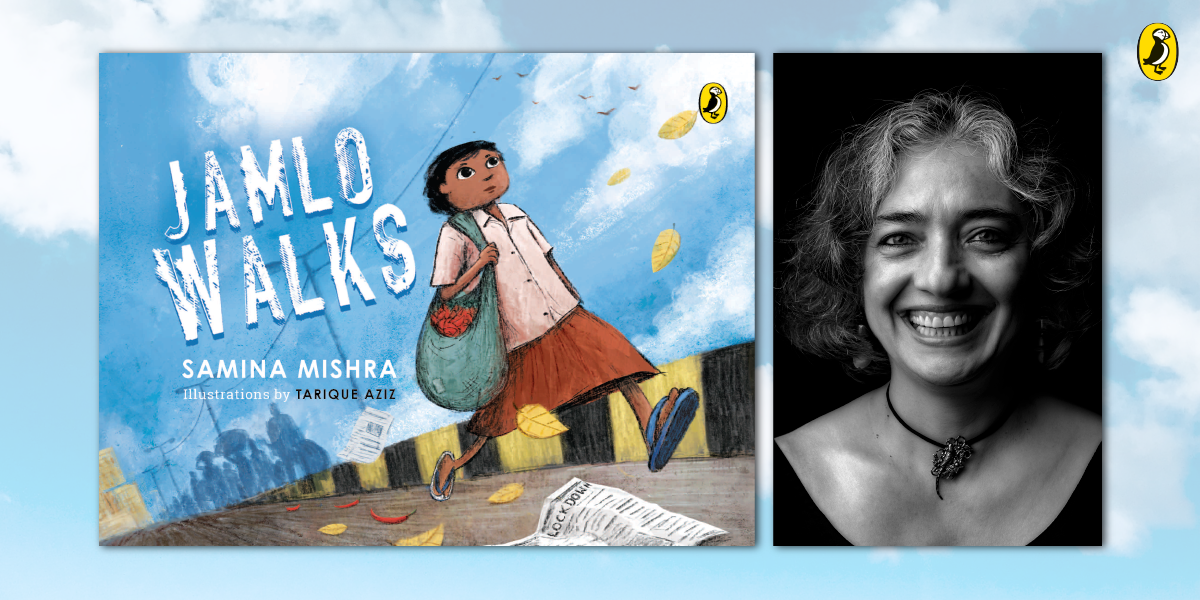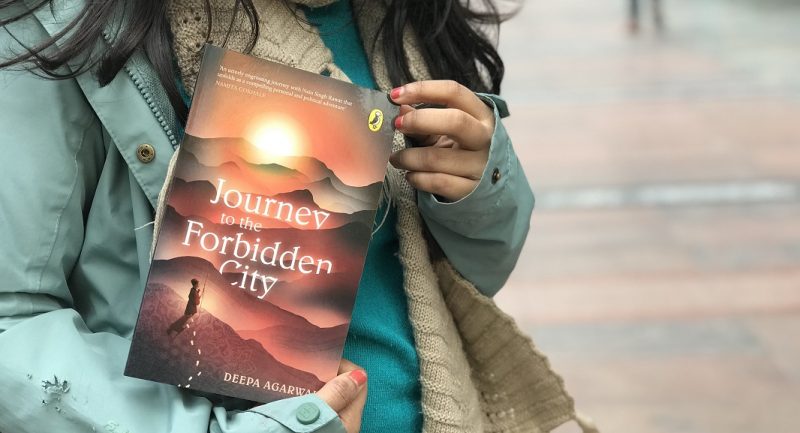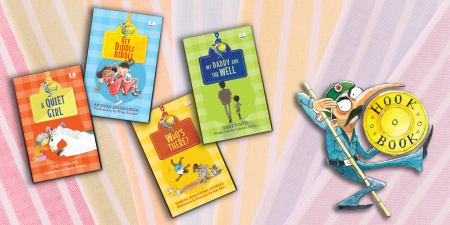
Samina Mishra’s Jamlo Walks, though filled with beautiful and colourful illustrations, in not a happy story, but it contains an extremely important message, the dissemination of which is imperative for the future generation. In many ways, it is reminiscent of Hans Christian Andersen’s stories. Not Little Mermaid or Ugly Ducklingwhich have been glorified or retold with happy endings. It is more like the Little Match Girl, which is a lesser known tale about a girl who tries to sell matchsticks on New Year’s Eve, but cold and unsuccessful, she collapses, a victim to lack of empathy, much like Jamlo.
Jamlo Walks is a book meant to bring awareness to its young readers who span from ages seven to nine, of the plight of other children and people not very different from themselves, but who are faced with completely different circumstances.
Here is a glimpse into the author’s mind to give you some insight into how and why she created this sad, yet beautiful story.
~

Jamlo Walks
Samina Mishra
Where do ideas come from? There are no clear answers to this question but certainly, some ideas come from what we experience and observe. Jamlo Walks came to me sometime in April last year. I don’t think I actively decided to write the story – the first draft just came in one sitting. I think it came as a response to the vulgar inhumanity that was on display last year – and continues to be even now. The working class, in conjunction with caste, has always been treated differently but what we have seen in the pandemic has been naked and ugly like never before. The stark images of the migrants walking through the night, out of Delhi on the Yamuna bridge, the middle class apathy on social media, the way domestic workers were treated at colony gates, police thrashing common citizens… Jamlo’s story was reported as one casualty in this series of unending tragedies. It was heartbreaking. It made me think of what these experiences means for all children – how are they to think about these stark divides across different childhoods, would they go on to continue institutionalizing this inhumanity… So, I think the first draft just came out of a need to respond to all this.
Once an idea arrives in its own mysterious way, our job as creative practitioners is to wrestle with it and hone it. We have to make choices and take decisions about what we want to do with it and shape the work. That was perhaps more of a challenge with this one because of the content. Picture books are generally seen as books for young readers and though we know that that is not true, putting this story out threw up questions around readership for me. Was the story too grown-up? Was the form of the story something children could understand and respond to? It was important that I try and answer these questions for myself. For me, it’s a picture book that I hope children across ages will read, that will prompt them to reflect.
While I was writing and rewriting, trying to make it a story that could be shared with the world, the thing that was important to me was to make Jamlo a person, a layered character, and not just the girl we read about in the news reports. This was not easy given the pandemic. My practice is very connected to being on the ground, getting out, talking to people. But here I was – in lockdown – without access to details on the ground that normally build context in my work. So I tried to imagine the inner world of the child, for Jamlo and for the other children in the story. I hope that works. I hope that readers find a bit of themselves in Jamlo and/or the other kids. And I hope that Jamlo is remembered so that we do not witness another such incident.









